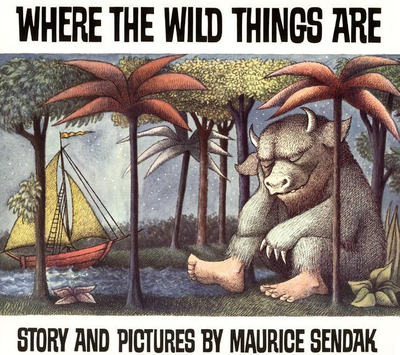With words that flow and caress and make use just the right amount of tiny details to get to the essence of the people that Robert Penn Warren describes.
This book is full of artful characterization and is most certainly worthy of a re-read. This is also a piece of history as the author brings alive the American South of 1920s and 1930s.
The story is about Willie Stark, man of humble beginnings who rose to a position of power as a governor of an unnamed Southern state and is supposedly loosely based on the life of Huey Long, the Governor of Louisiana. The main character is Jack Burden, the narrator of the story. He’s a reporter when he meets Willie Stark early on in his career and is there as witness to his political rise. Later, he works directly for Willie and becomes a key player in the blackmailing and political conniving that surrounds the Governor.
We get to know Jack through the people in his life as well as his own introspections and watch the orgy of events that grow in layers and complexity. Nothing is quite what it seems and there are multiple sub-stories that unfold as the basic action of the book trots along. Just when one begins to get grip of what is going one BAM! Yet another layer of depth and meaning explodes. In a very metaphysical way everything has an effect on everything else. This book is quite fast paced despite all the plots and sub plots going on and is quite impossible to put down.
This is not a read to be missed!





